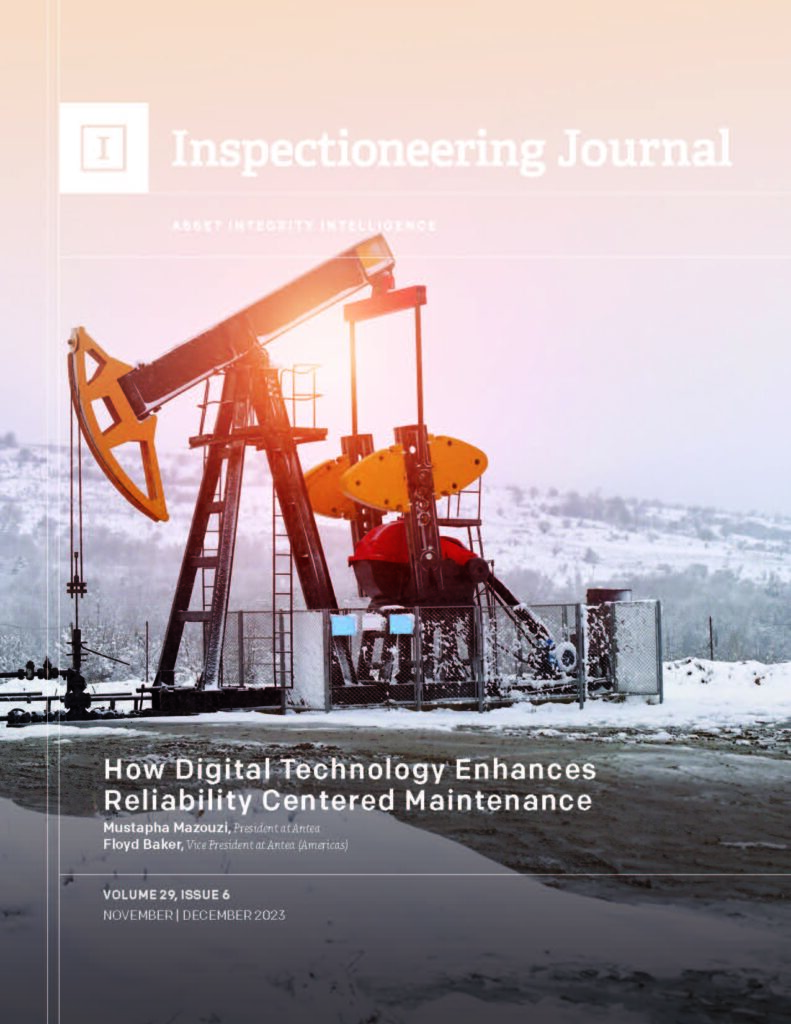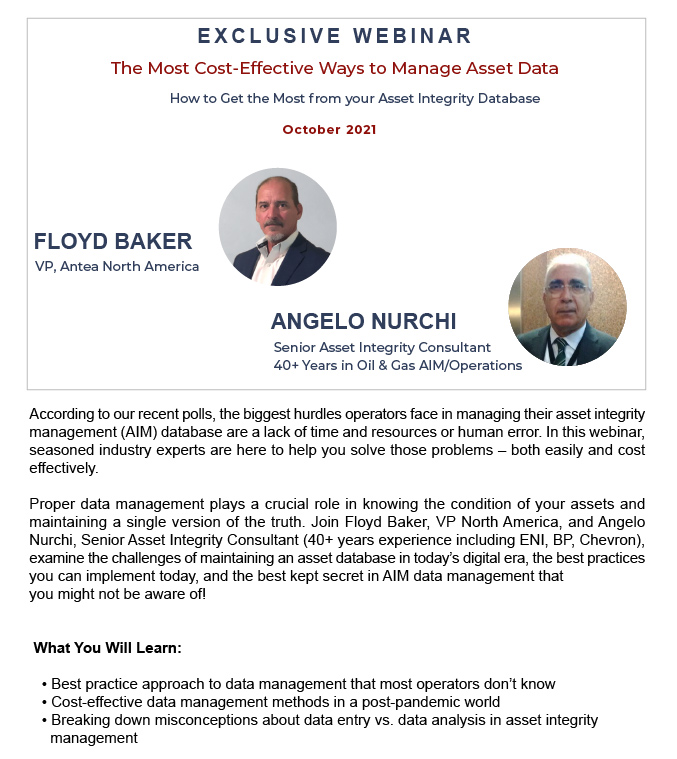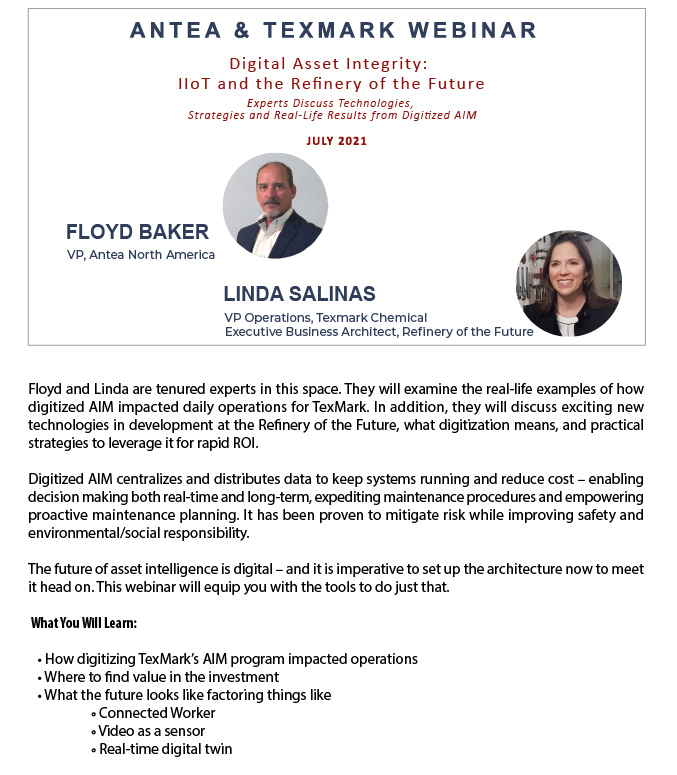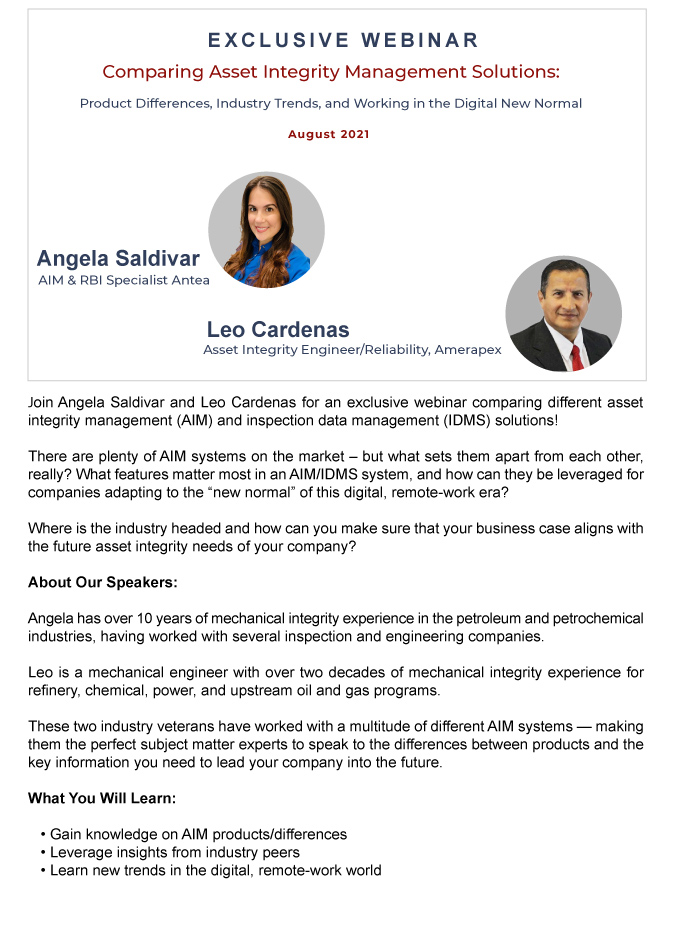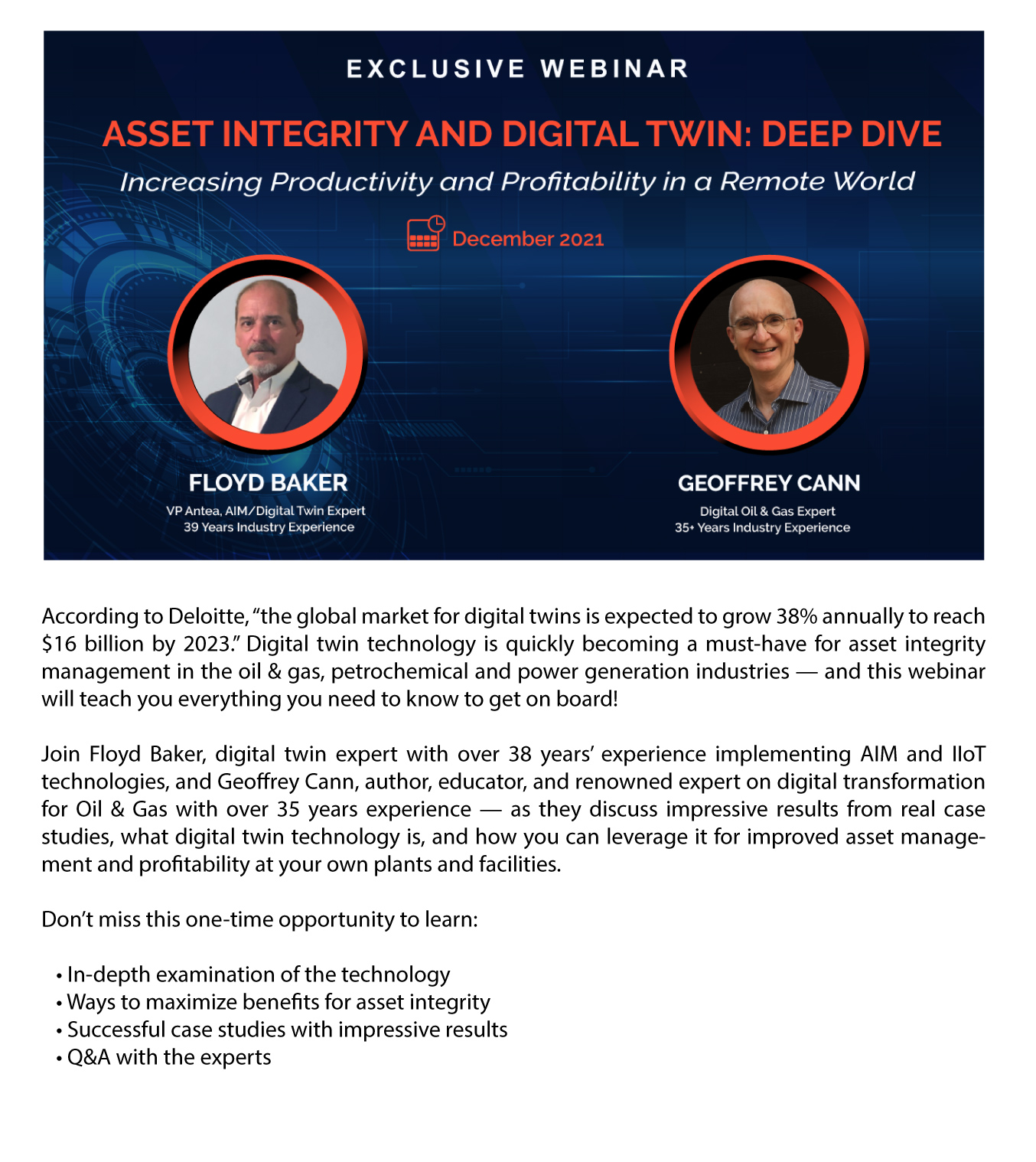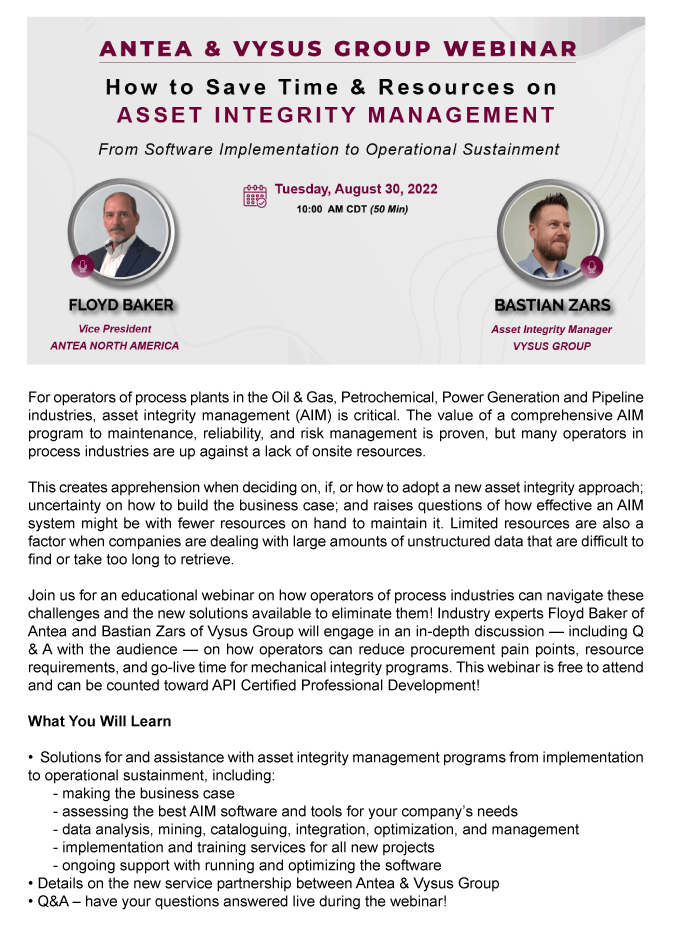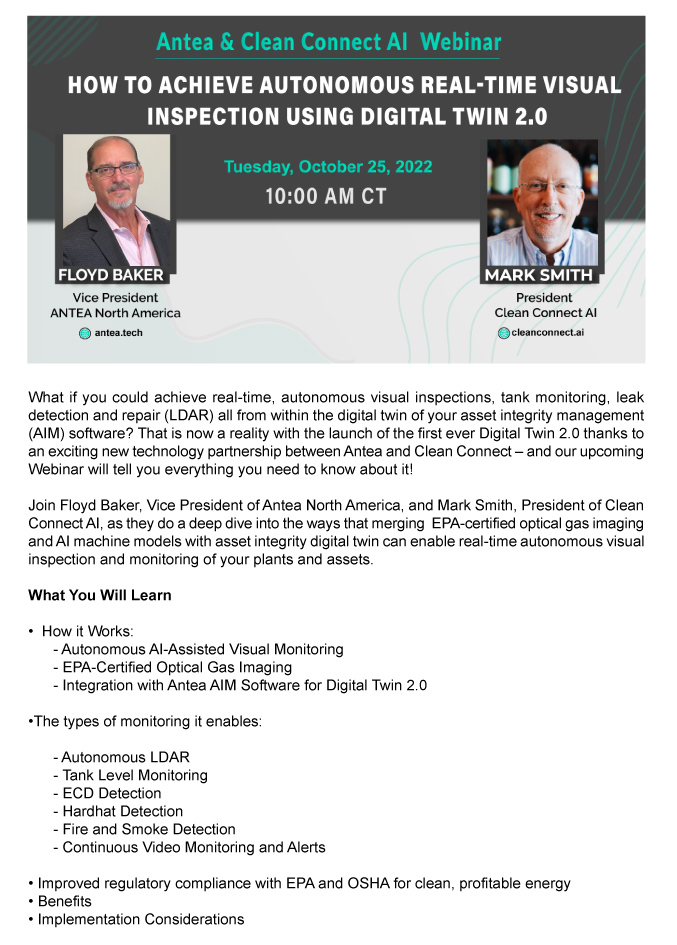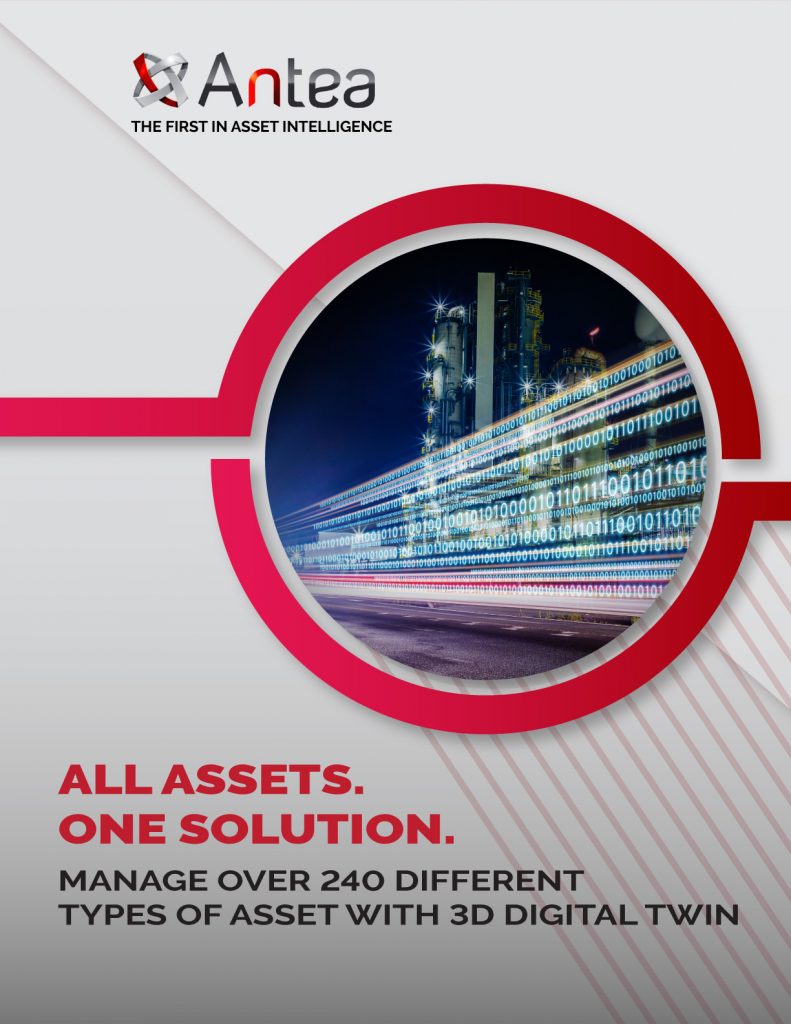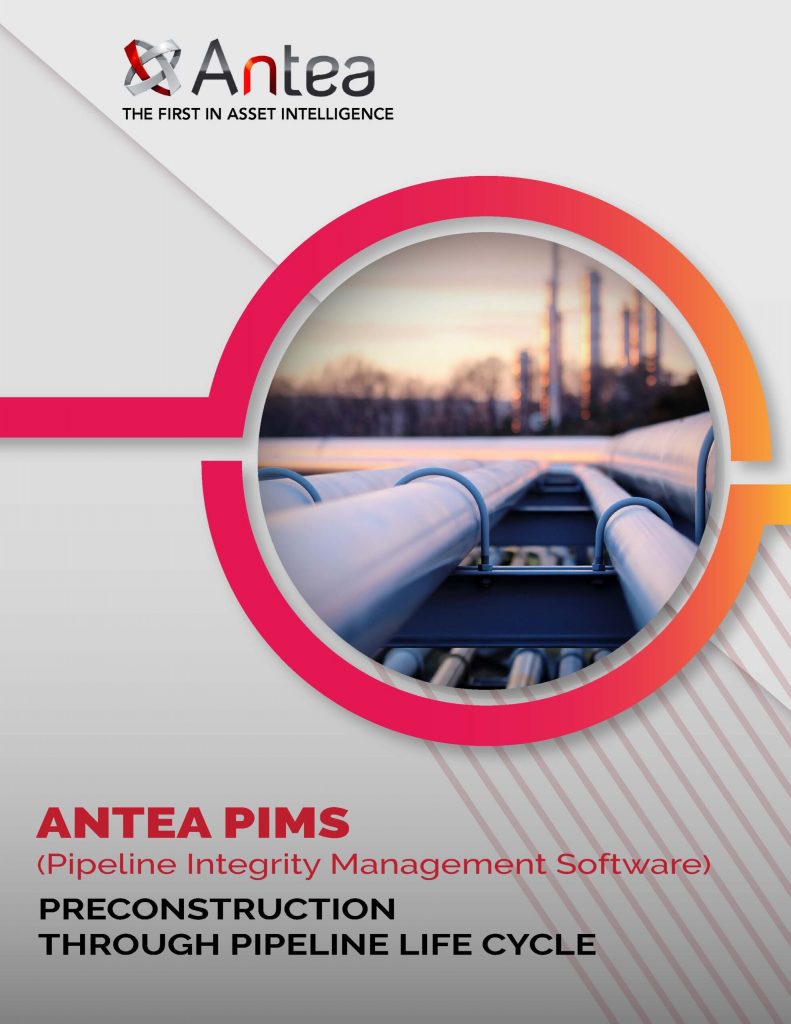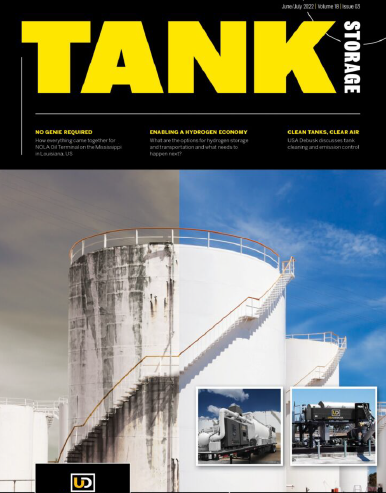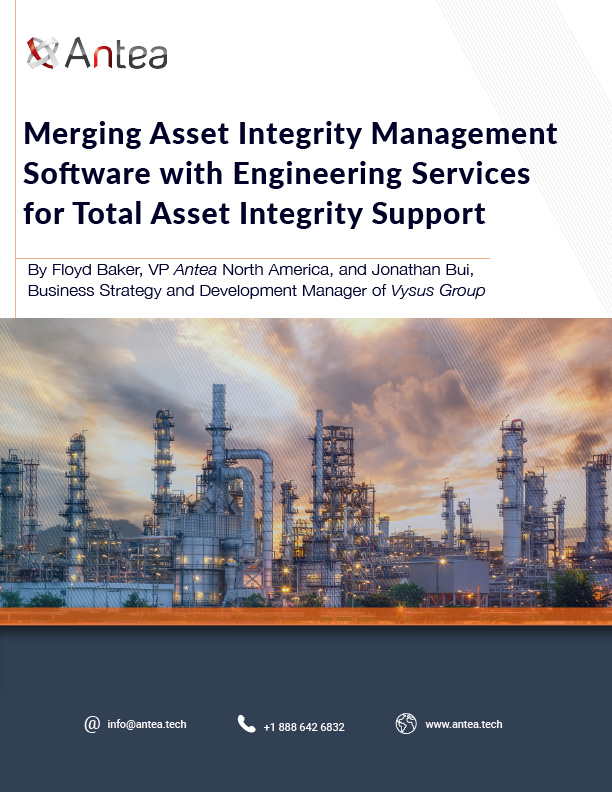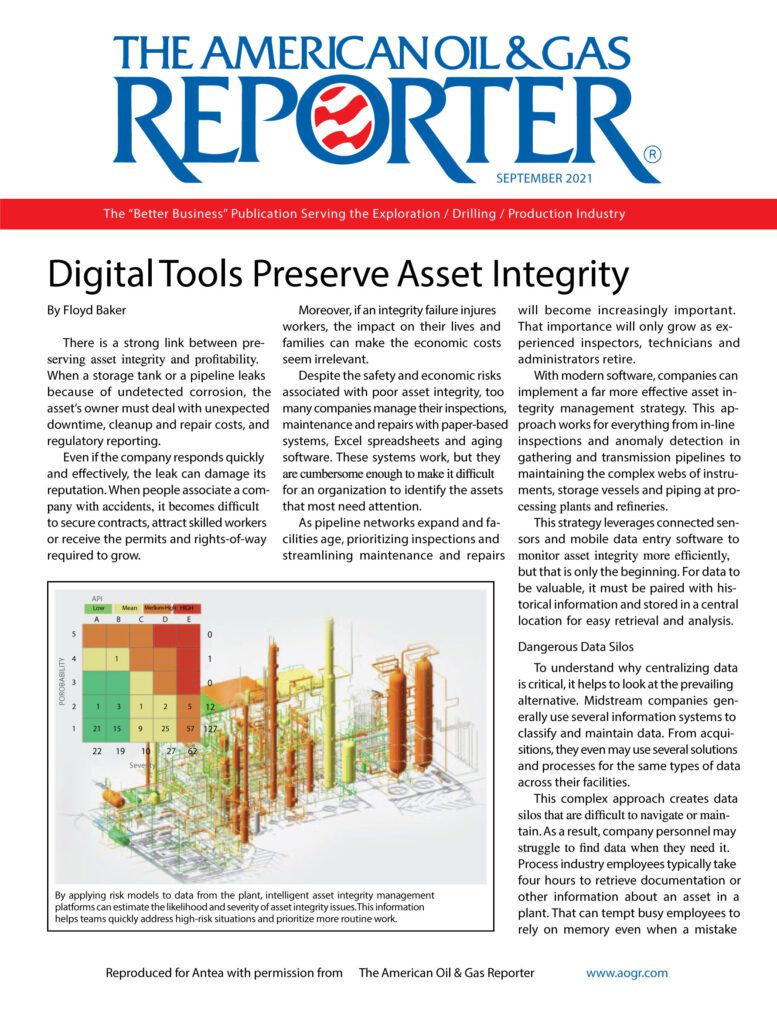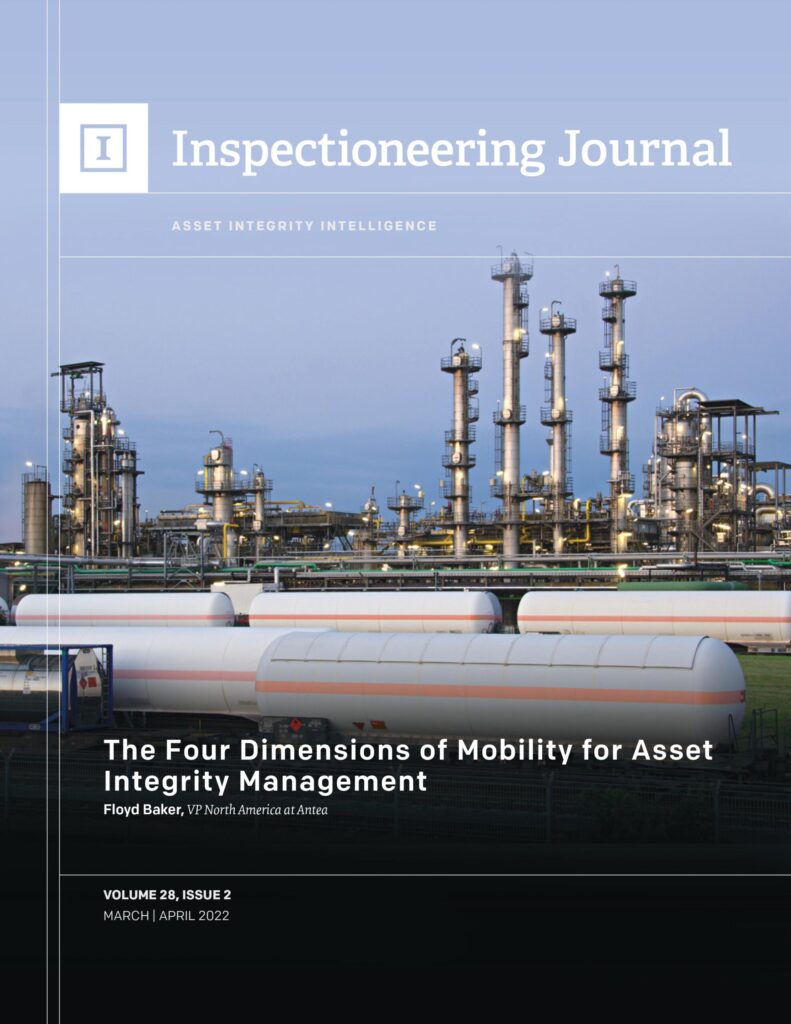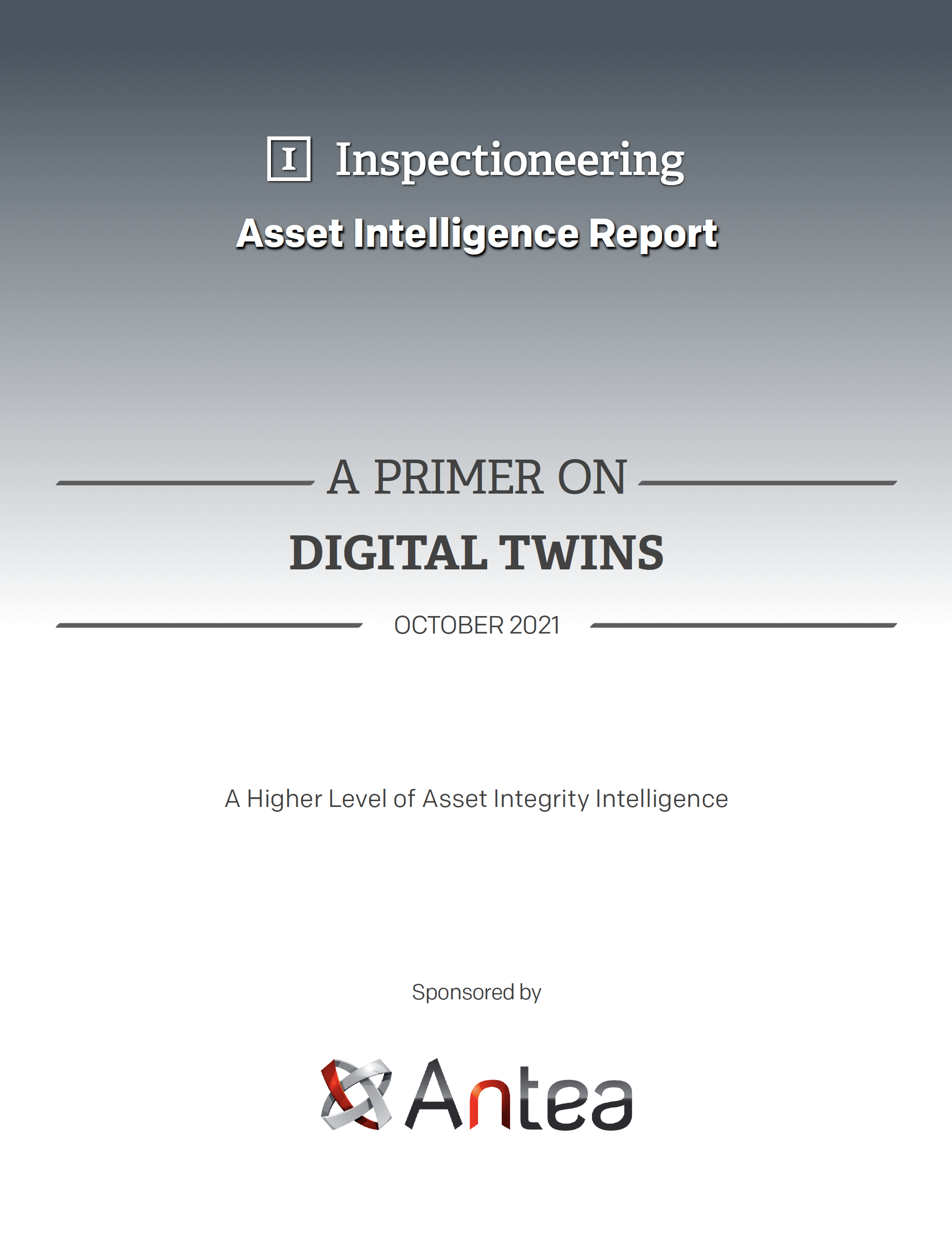
Reliability Centered Maintenance (RCM) is a comprehensive approach to asset integrity management, with a focus on identifying optimal maintenance strategies to ensure reliability, safety, and cost-effectiveness over the operational life of industrial assets. RCM involves a systematic process to analyze the functions and potential failure modes of assets, to inform the most effective maintenance activities to mitigate potential failure while optimizing operational expenditure.
Originating in the 1960s to address the safety needs of the aviation industry, RCM has evolved and become more widely applicable to all asset-intensive industries. The RCM process typically involves assessing seven key questions as outlined in technical standard SAE JA1011 – Evaluation Criteria for Reliability-Centered Maintenance Processes.
There are multiple types of analysis involved in informing RCM processes. These include:
- Failure modes and effects analysis (FMEA), a method for evaluating potential failure modes and assessing their impact on overall performance.
- Failure modes, effects, and criticality analysis (FMECA), which is an extension of FMEA that also includes assessments of the criticality of each failure mode. This is done by calculating and charting the assets’ probability of failure (PoF) versus its consequence of failure (CoF).
- Root cause analysis (RCA), which involves analyzing events and malfunctions to ascertain the root cause of an occurrence in order to inform strategies that help ensure it will not repeat.
(*Note: For a more comprehensive breakdown on the history, development, and components of RCM, stay tuned for our upcoming article on RCM in Inspectioneering Journal.)
The benefits of RCM to operators of asset-intensive industry can be substantial when the process can be properly applied. These include cost optimization, by ensuring maintenance efforts are focused on the most critical components and not wasted on unnecessary maintenance tasks. Increased reliability by enabling predictive maintenance to minimize unexpected shutdowns. Improved safety by emphasizing the mitigation of safety-critical failure modes and prioritizing maintenance actions accordingly. All of these can also contribute to overall extended asset lifespan, maximizing return on investment.
Yet, achieving these benefits from RCM are not without challenges. Historically, operators have found difficulty in successfully implementing RCM in a way that produces ROI. This is due to the sheer amount of data that must be amassed, gathered, and analyzed to suitably perform the analysis – and the substantial investment that can be required to do so when data exists in dated or disparate sources.
Conducting thorough RCM analysis requires access to vast amounts of data, including historical performance, failure rates, and maintenance records. It also requires skilled personnel with a deep understanding of the system and its failure modes, which poses a challenge for companies with a shortage of qualified professionals. Finally, RCM analysis assumes a relatively stable operating environment, which poses challenges to adapt to systems operating in dynamic or rapidly changing conditions.
Enter digital twin technology.
Digital twin – a virtual, dynamic replica of the plant and assets within it — plays a pivotal role in overcoming the challenges associated with RCM. Digital twins provide a holistic view of the assets, integrating all sources of data input into one central platform with contextual visualization. This allows operators to monitor and analyze the assets’ real-world performance in a virtual environment.
Digital twins enhance RCM through:
- Data access and integration. Digital twins integrate all sources of data on assets into one central platform. This includes informational technology (IT) sources, such as Enterprise Resource Planning (ERP), Computerized Maintenance Management Systems (CMMS), Enterprise Asset management (EAM), and so on – as well as operational technology (OT) sources, such as remote sensors, SCADA, Data Historian, and observed data coming back directly from the assets. Additionally, all historical and current maintenance, inspection, repair, performance, and failure rate data are integrated and contribute to the full picture that is represented in a digital twin. By integrating real-time data from all these input sources and IoT devices, digital twins provide a rich and dynamic dataset for RCM analyses, addressing the challenge of data accessibility.
- Simulation and Predictive Analytics. Digital twins enable the simulation of various scenarios to understand how those scenarios might impact a physical asset, as well as data trending to understand an asset’s behavior over time and apply predictive analytics to forecast potential failures. These address limitations of RCM when considering dynamic or changing environments, as it provides more flexibility in understanding the outcome of potential scenarios without them occurring on the physical asset. Moreover, the predictive analytics enabled by Digital Twin elevate RCM from a reactive to a predictive strategy.
- Remote Monitoring. Digital twins harness IoT devices and connectivity for remote monitoring and remote collaboration. Wearable devices make it possible for personnel to inspect the equipment hands-free and remotely transmit that data in real-time to offsite personnel for collaboration and rapid decision making. Advancements in IoT technology such as remote sensors, computer vision, optical gas imaging, and the like make it possible to visually see in real-time what is occurring with the asset from a remote location. AI algorithms make it possible to monitor the assets autonomously remotely through the digital twin and receive instant notifications when conditions change to a degree of concern or the potential for failure events has increased. The capability of monitoring assets remotely through digital twins mitigates the challenges related to access and expertise, as experts can analyze data and make decisions from virtually anywhere. This circumvents the cost and investment challenges RCM might present to companies with fewer resources or personnel at their disposal to conduct the expert analysis required.
The benefits of RCM can be more readily available to operators that harness the power of digital twins. By addressing data challenges, enhancing analytical capabilities, and providing a holistic view of all assets, digital twin technology elevates RCM to new levels of efficiency, effectiveness, and profitability – making it an invaluable approach for operators striving for optimal reliability of their assets. This synergy empowers operators to make data-driven decisions, maximize asset reliability, and ultimately improve the overall efficiency and effectiveness of their maintenance strategies.
Additional Resources
For a more comprehensive look into the history and development of RCM for asset integrity management, stay tuned for our upcoming article in Inspectioneering Journal. Follow us on LinkedIn to be notified when it is available.
Antea just announced the release of new RCM software with Digital Twin and IIoT integrations built-in. To learn more, read the announcement.
About the Author

Floyd Baker is executive-level asset integrity management (AIM) and digital strategies advisor and technology driver who specializes in helping operators of asset-intensive plants and facilities achieve digital transformation. An executive with over 40 years of experience, Floyd provides valuable insight and perspective on industrial internet of things (IIoT) technologies for risk based inspection (RBI), asset integrity management, and digital twin — and is a global keynote speaker on these topics.
After starting his career at the ground level, Floyd fulfilled a variety of roles throughout his career — technician, to Chief Inspector, to Executive – all spent dedicated in the field of mechanical integrity, RBI and AIM. His educational background is focused on emerging technologies in inspection, mechanical engineering, and materials science.

